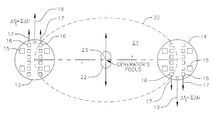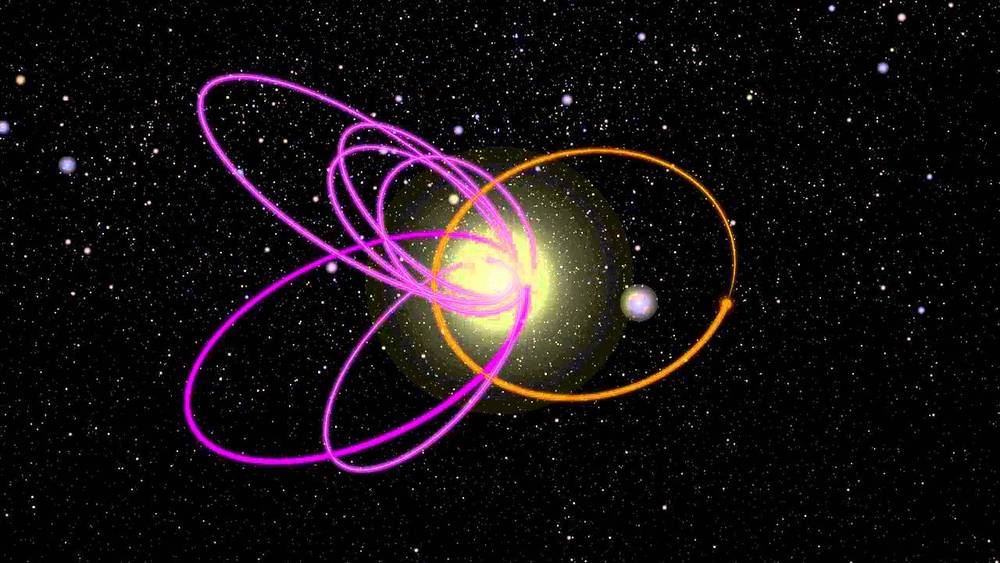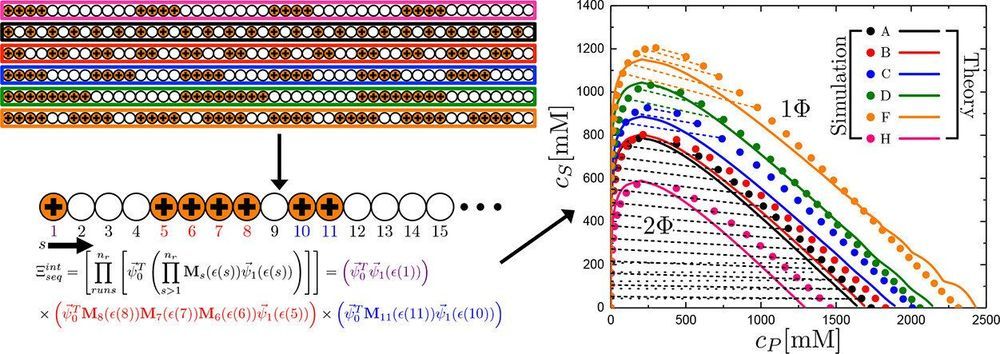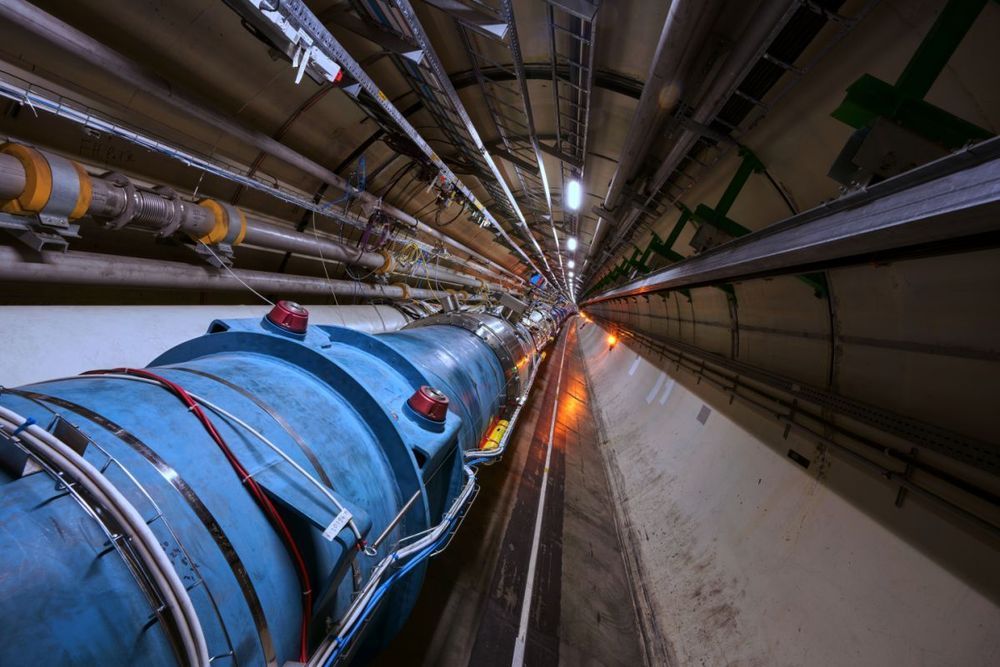As even casual Star Wars fans will know, lightsabers are probably the coolest weapon ever to make an appearance on the big screen. Lightsaber fights are so elegant that they are almost hypnotic and, even though not all of us might have a strong enough flow of Force running through our veins, a lightsaber in the right hand is by far the deadliest weapon to be found in the universe.
The idea behind a lightsaber is simple genius: a light-weight and immensely powerful tool that uses a blade of energy to not only slice up disciples of the Dark Side in a single blow but also act as an effective shield against laser blasts. So why don’t we have working lightsabers in real life? Surely physicists must be smart enough (and big enough Star Wars fans) to be able to produce one of these incredible objects.
The obvious way of building a lightsaber would be to use a laser, which can be seen as a particularly bright and directional burst of light. But even though laser technology is continuously striding towards more efficient and practical machines, we are still miles away from a working lightsaber. Let’s see why.









